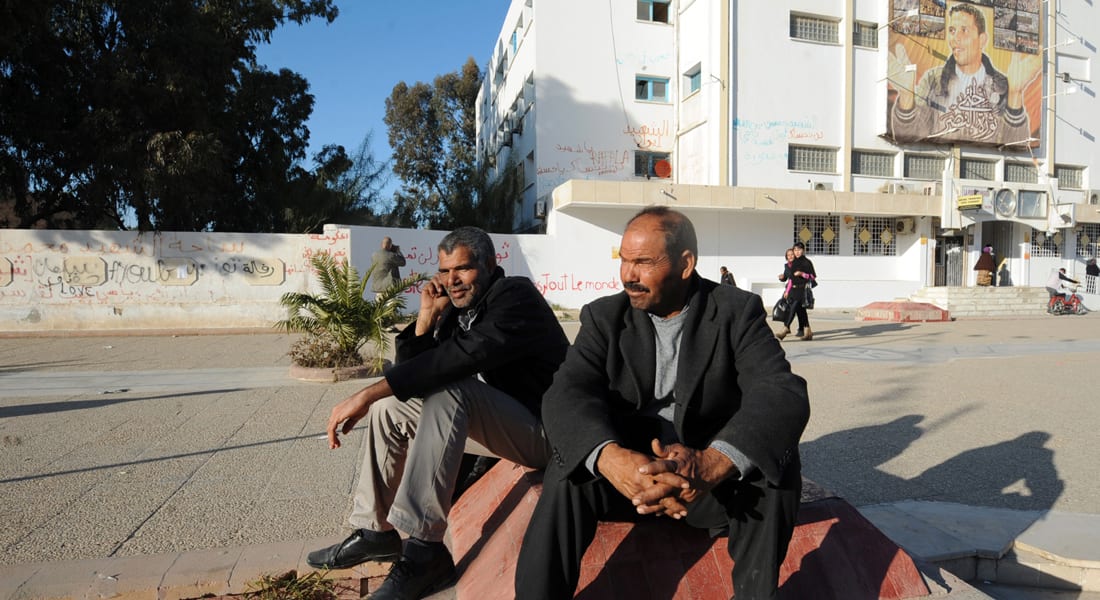دبي، الإمارات العربية المتحدة (CNN)-- حذر الأمين العام المساعد للشؤون الاقتصادية في منظمة التعاون الإسلامي، حميد أوبيلو يارو، من خطر ارتفاع مستويات البطالة في دول منظمة التعاون الإسلامي، مؤكدا وجود تهديدات اجتماعية وأمنية ناجمة عن تلك الظاهرة، وخاصة ما يتعلق ببطالة الشباب، مؤكدا الحاجة إلى توفير أكثر من 85 مليون وظيفة على مدى السنوات العشر المقبلة في المنطقة.
ولفت المسؤول الدولي إلى أن بلدان المنظمة سجلت في الفترة بين عامي 2000 و 2012 معدلات بطالة أعلى من المتوسط العالمي، وخلال هذه الفترة "تراوح متوسط معدل البطالة بين 7.6 في المائة و8.8 في المائة من إجمالي القوة العاملة في الدول الإسلامية في حين ظل المتوسط العالمي لمعدل البطالة تحت 7 في المائة" بحسب ما نقلت عنه وكالة الأنباء القطرية.
ولفت إلى أن معدل البطالة يختلف بين دول منظمة التعاون الإسلامي تبعاً للظروف الاجتماعية والاقتصادية والسياسية السائدة في كل دولة، فعلى سبيل المثال، يشكل العاطلون عن العمل نسبة تقل عن 1 في المائة من إجمالي القوة العاملة في دولة قطر 0.6 في المائة، وهي أقل نسبة على مستوى العالم، كما أن بنين (1 في المائة) والكويت (1.5 في المائة)، وفي الوقت ذاته تشكل البطالة مصدر قلق بالغ في موريتانيا (31 في المائة ) والأراضي الفلسطينية وغويانا (21.7 في المائة.)
ونبه الأمين العام المساعد للشؤون الاقتصادية في منظمة التعاون الإسلامي، بأن معدل البطالة بين الشباب في الدول الإسلامية أعلى بكثير من المتوسط العالمي، مشيرا إلى أنه في السنوات الأخيرة ظل متوسط معدل البطالة بين الشباب في دول منظمة التعاون الإسلامي عند 16 في المائة في حين بقي المتوسط العالمي عند 12.9 في المائة.
وبخصوص تأثير ظاهرة البطالة في الدول الإسلامية قال أوبيلو يارو: "المعدل المرتفع للبطالة يشير إلى أن قدراً كبيراً من السكان حرموا من حقهم في المشاركة في سوق العمل، وبناء على ذلك لم تعد البطالة مجرد مشكلة اقتصادية بل أصبحت مشكلة اجتماعية خطيرة، والمشاكل الاجتماعية التي يعاني منها العاطلون عن العمل في هذه الآونة لها تداعيات خطيرة على أمن الناس."
